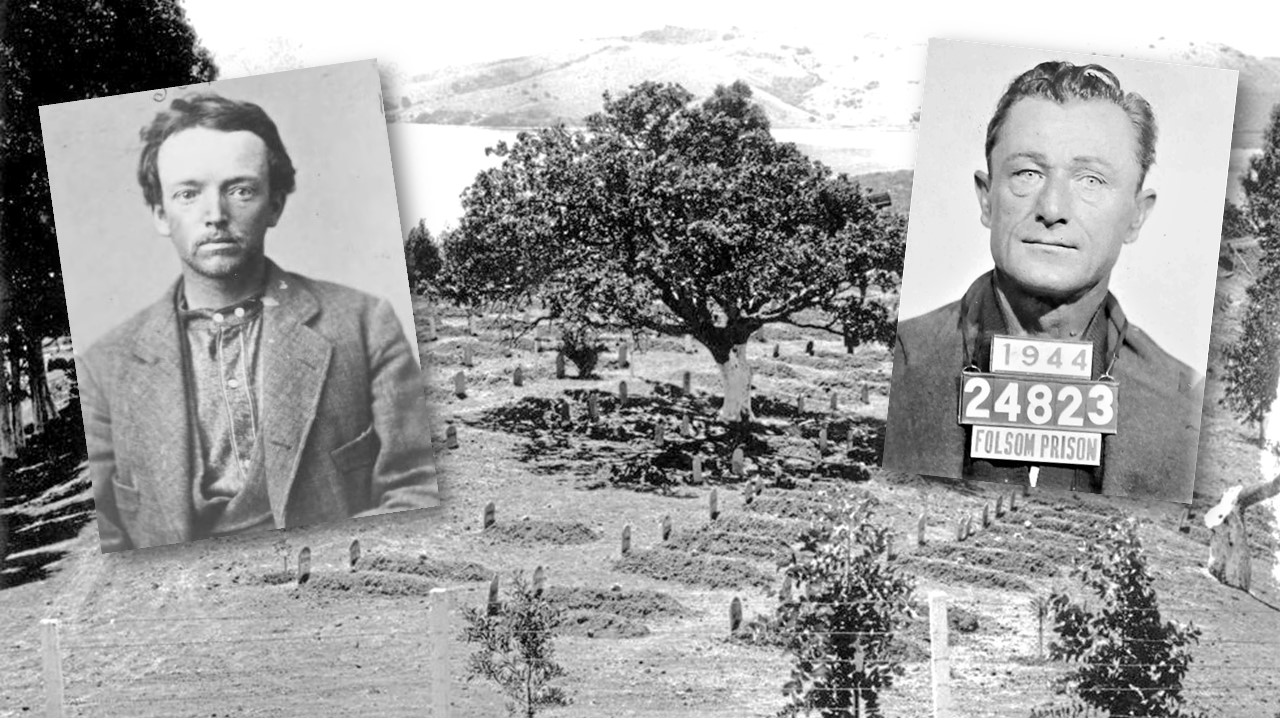A horse thief named Robert Southern and career criminal John Pastor are two forgotten prison cemetery tales. They are just a few of the hundreds buried at San Quentin and Folsom prison cemeteries, marked only by their inmate numbers.
(Editor’s note: Southern and Pastor are the focus of the third in our five-part series unlocking the stories of those laid to rest in a prison cemetery. Read part 1, part 2, part 4, or part 5.)
Horse thief Southern finds way to San Quentin cemetery

Robert Southern was born around 1856 in Georgia, according to prison records. When he came to California is unclear.
In 1877, Southern was accused of stealing two horses from a man near Colusa. Notice was sent to surrounding law enforcement agencies to be on the lookout for the horses.
Sacramento police found the steeds at Lee Stanley’s stables on K Street between 10th and 11th. Using information from the stable owner, they were able to track down Southern to his room at a boarding house. At 2 a.m., Dec. 2, officers pulled him from his bed.
Shortly after his arrest, Southern confessed. He was booked by Sacramento police. Constable Walker, of Rocklin, transported him back to Colusa to face charges. The horses, on the other hand, disappeared.
Thief caught but horses go missing
The Sacramento police officers who originally arrested Southern took on the missing-horses case. Their investigation found Constable Walker vouched for a man named John Reed, who claimed to own the horses, which wasn’t true. Walker was fired and Reed was arrested.
As for Southern, he was convicted of grand larceny, sentenced to one year, and received at San Quentin in January 1878. The 22-year-old man was given the number 7977. According to records, he was released Sept. 24, 1879, but his trail runs cold.
There is a man named Robert Southern who moved around California and Arizona. The 1880 census shows Southern, 24 years old, residing in Tombstone, Arizona.
Asylums for Southern
State hospital records indicate someone named Southern did stints at Stockton and Napa.
In December 1887, “a man named Robert Southern was brought in from George Tully’s ranch near Ceres and put in the county hospital as he was considered sick,” the Modesto Bee reported. “Southern continued in an absent-minded state, and in response to inquiries, would reply incoherently, and generally with singing some Georgia camp meeting songs. (Doctors) ordered him committed to the Stockton Insane Asylum.”
According to asylum records, he told doctors he was 28 years old and a native of Georgia, having been in California “only a few months.” When received, he “had no property.” He was discharged in March 1888.
By July of the same year, he was back in care, this time at the Napa Asylum.
If it’s the same man, how he ended up in a San Quentin grave yard is unknown. Records do not indicate a date of death for Southern, but he was buried in plot 656.
John Pastor: Man of many names ends up in Folsom cemetery
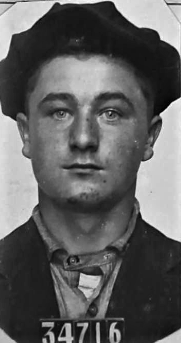
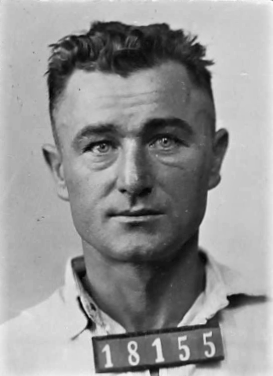
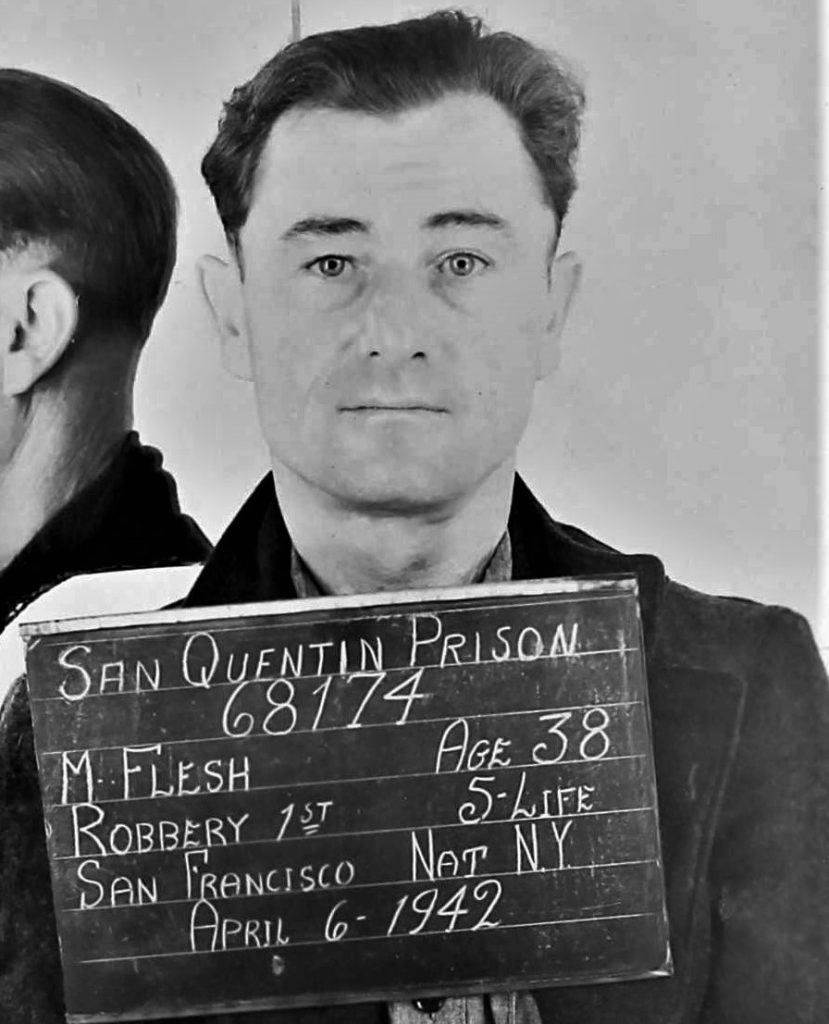
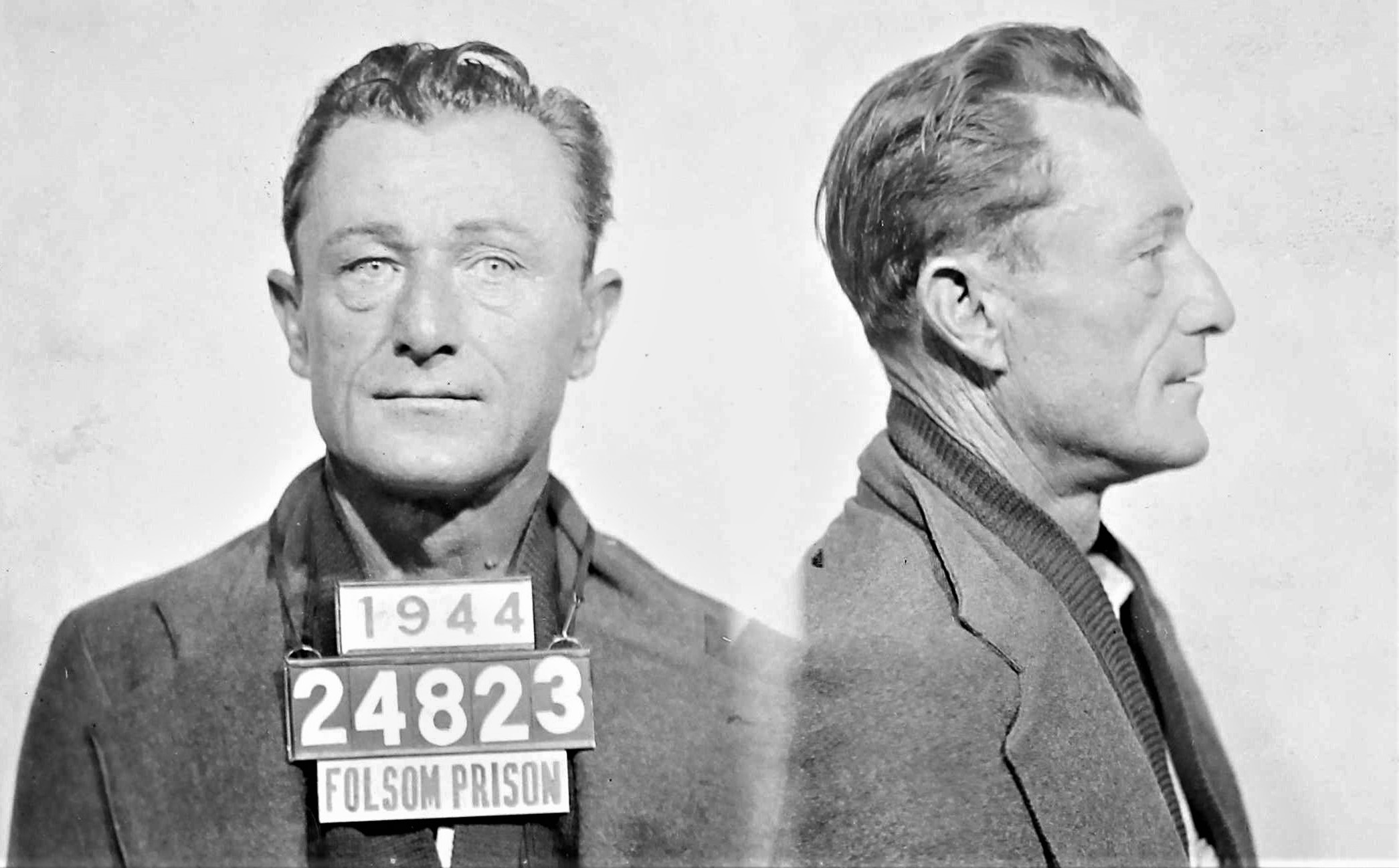
In April 1921, John Pastor and Alfred Lyngbye stole a doctor’s car from a circus parking lot in Hanford. They then traveled to Fresno and picked up friends John Cook and Jack Blayney.
“The car was taken from near the tents of a circus (in Hanford),” reported the Madera Tribune, April 6, 1921.
The friends raced toward San Francisco. Going around 55 miles per hours, they cut-off another driver, forcing him off the road. The fleeing thieves also ended up on the shoulder. Trying to get back on the road, they overcorrected and the car flipped three times, throwing the men clear. With bumps, scrapes and bruises, they tried to compose themselves but were stopped when the driver they cut off earlier suddenly appeared, armed with a pistol. The men scattered but after five warning shots, one ended their run. The other men were later rounded up.
Pastor, 20, and Lyngbye, 19, admitted stealing the car. The others claimed only to be passengers. Cook was 20 and Blayney 29.
Sea-faring men on joy ride
“Lyngbye, Pastor and Blayney were formerly sea-faring men and Pastor claims to have served in the U.S. Navy. The car is now in a Madera garage and is so badly smashed that it could not be driven south,” according to the Hanford Sentinel, April 4, 1921.
According to newspapers, the vehicle was a “Hudson Super-Six speedster.”
The pair were tried and sentenced to three years in San Quentin for grand larceny.
“Speedy work was done in this case for only a week has elapsed between the theft of the car and the opening of the San Quentin gates to the thieves,” reported the Hanford Journal’s April 8 edition.
Prison records indicate Pastor served in the U.S. Navy from 1919 until 1921, apparently landing in trouble shortly after discharge. In 1923, Pastor was released from San Quentin but didn’t stay out of trouble for long.
Car thieving continues
“Through the sharp eye of (motorcycle) Police Officer Elgin Kreiss of the Redwood City police force, three automobile thieves were captured,” reported the San Mateo Daily News Leader, Oct. 26, 1923.
The suspects were 21-year-old John Pastor, 24-year-old chauffeur Jack Payne and Ralph Pryor, an 18-year-old laborer. According to Officer Kreiss, there was something suspicious about the men and their vehicle, so he began following them on the highway near Five Points. Once they spotted the officer, the suspects increased speed.
The officer pulled alongside the group, ordering them to pull over. Again, they increased speed. After a threat from the officer, they finally pulled to the shoulder. The men claimed to be from Los Angeles, making their way to San Francisco. One of the men handed the registration certificate to the officer, stating he was the listed owner, Charles Elfeldt.
“So, what’s your address, Mr. Elfeldt?” the officer asked.
Unable to give the address as indicated on the certificate, the officer held them for questioning. Back at the station, each man was interviewed separately and all told different stories. Finally, it came to light the vehicle was stolen.
Criminal activity continues over next two decades
In 1930, Pastor pops up again, this time using the name Jack Lackshan. Claiming to be 25, he and an accomplice were arrested after robbing $15,000 worth of jewelry from a Los Angeles store. Again, he was sentenced to state prison.
Sometime in the 1940s, he began going by the name Marion P. Flesh. Bouncing between San Quentin and Folsom Prison, he was paroled “out of state” in 1944 for four years. Flesh was returned to San Quentin just in time to appear on the 1950 census.
His date of death is unknown. Pastor, aka Lackshan, aka Flesh, is buried at Folsom State Prison cemetery in Represa under the number 24823, according to the El Dorado Hills Genealogical Society.
By Don Chaddock, Inside CDCR editor
Learn more about California prison history.
Follow CDCR on YouTube, Facebook, X (formerly Twitter). Listen to the CDCR Unlocked podcast.
